I would like to have a dynamic "point tunneling" i.e. the darker gray area drawing around the neighborhood of the points.
I think the great answer of the thread ggplot legends - change labels, order and title is based on experimental values defined in dtt of the thread.
Code which makes a rectangular darker gray area around the points in Fig. 1
molten <- structure(list(Vars = structure(c(1L, 2L, 1L, 2L, 1L, 2L), class = "factor", .Label = c("V1", "V2")), variable = structure(c(1L, 1L, 2L, 2L, 3L, 3L), class = "factor", .Label = c("REM", "Kevyt", "Syva")), value = c(160, 150, 380, 420, 110, 180)), .Names = c("Vars", "variable", "value"), row.names = c(NA, -6L), class = c("data.table", "data.frame"))
library(ggplot2)
# https://stackoverflow.com/a/12075912/54964
ggplot(molten, aes(x = Vars, y = value, group = variable, colour = variable, ymin = 100, ymax = 450)) +
geom_ribbon(alpha=0.2, colour=NA)+
geom_line() +
geom_point() +
facet_wrap(~variable)
Fig. 1 Output with discrete rectangular point tunneling, Fig. 2 Expected result example from the thread
Expected output: dynamic point tunnelling i.e. drawing of darker gray area around the points like in Fig. 2 but spanning for each facet individually
R: 3.4.0 (backports)
OS: Debian 8.7




